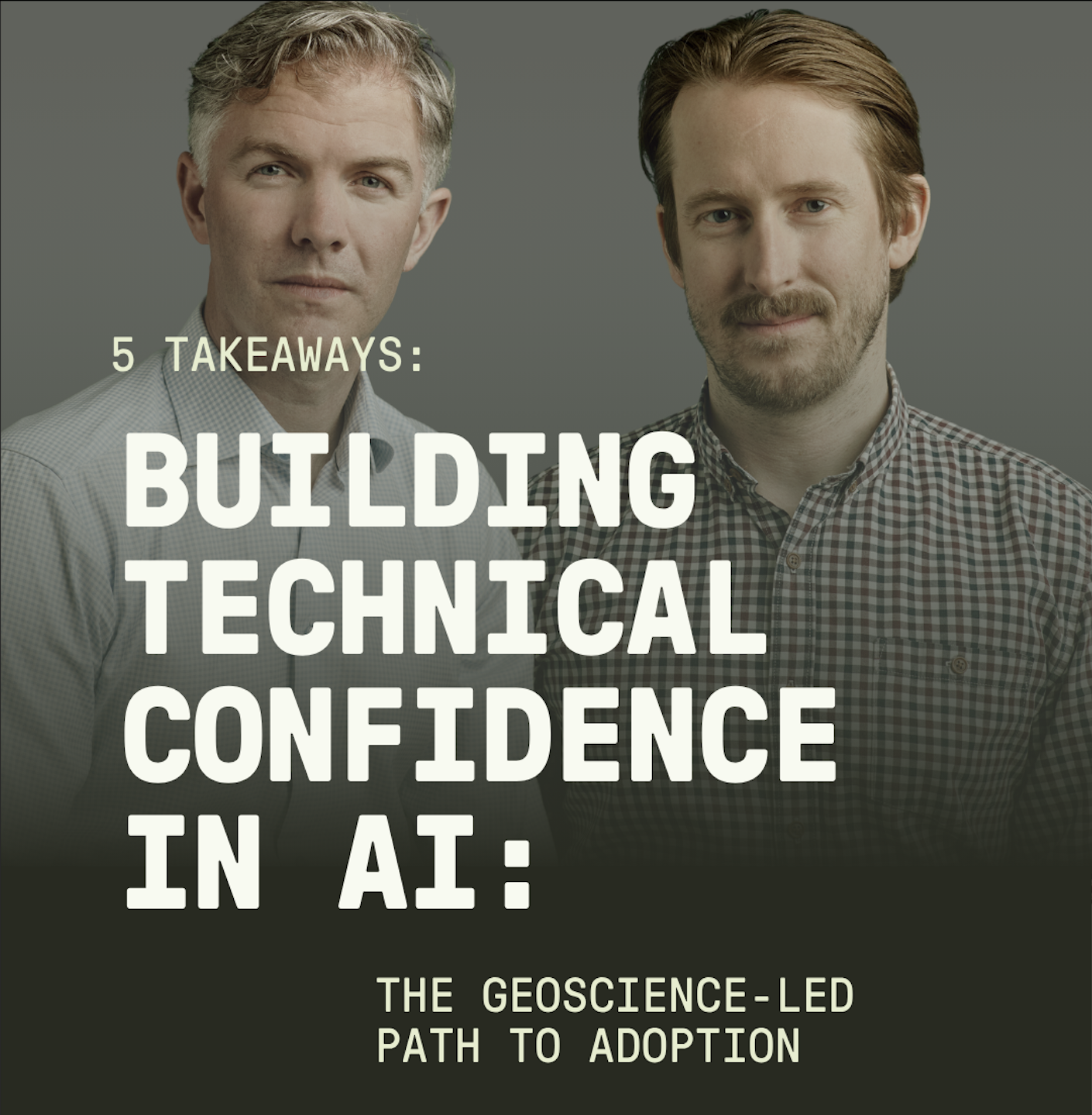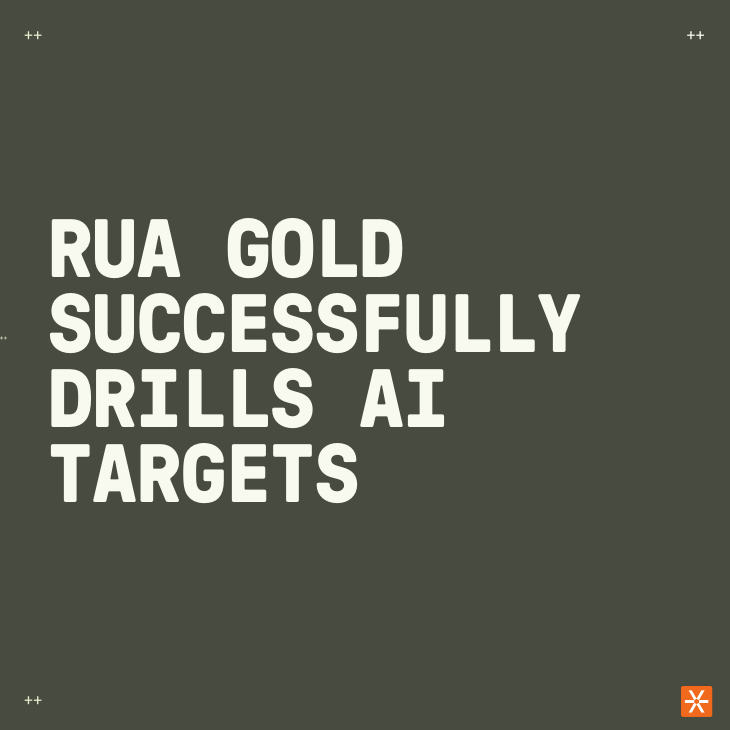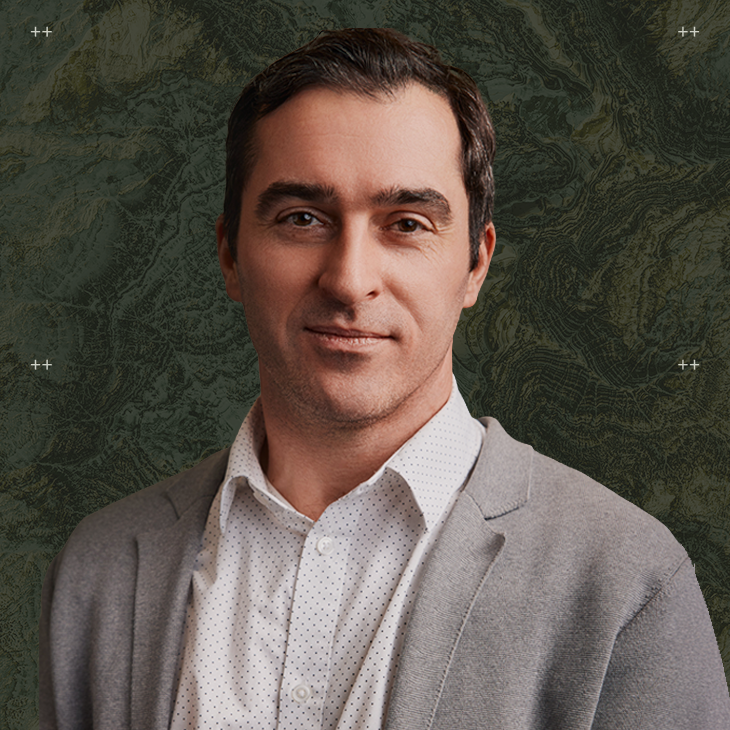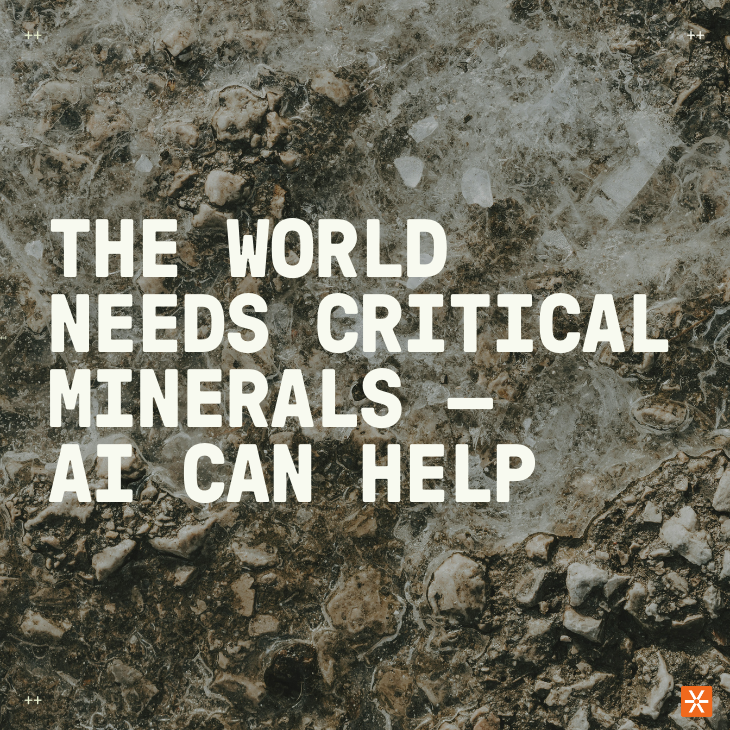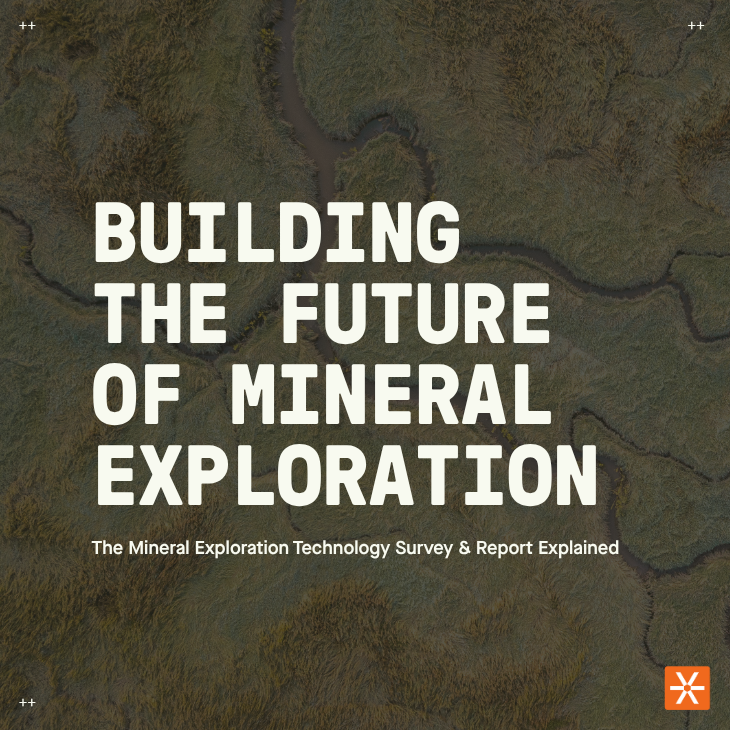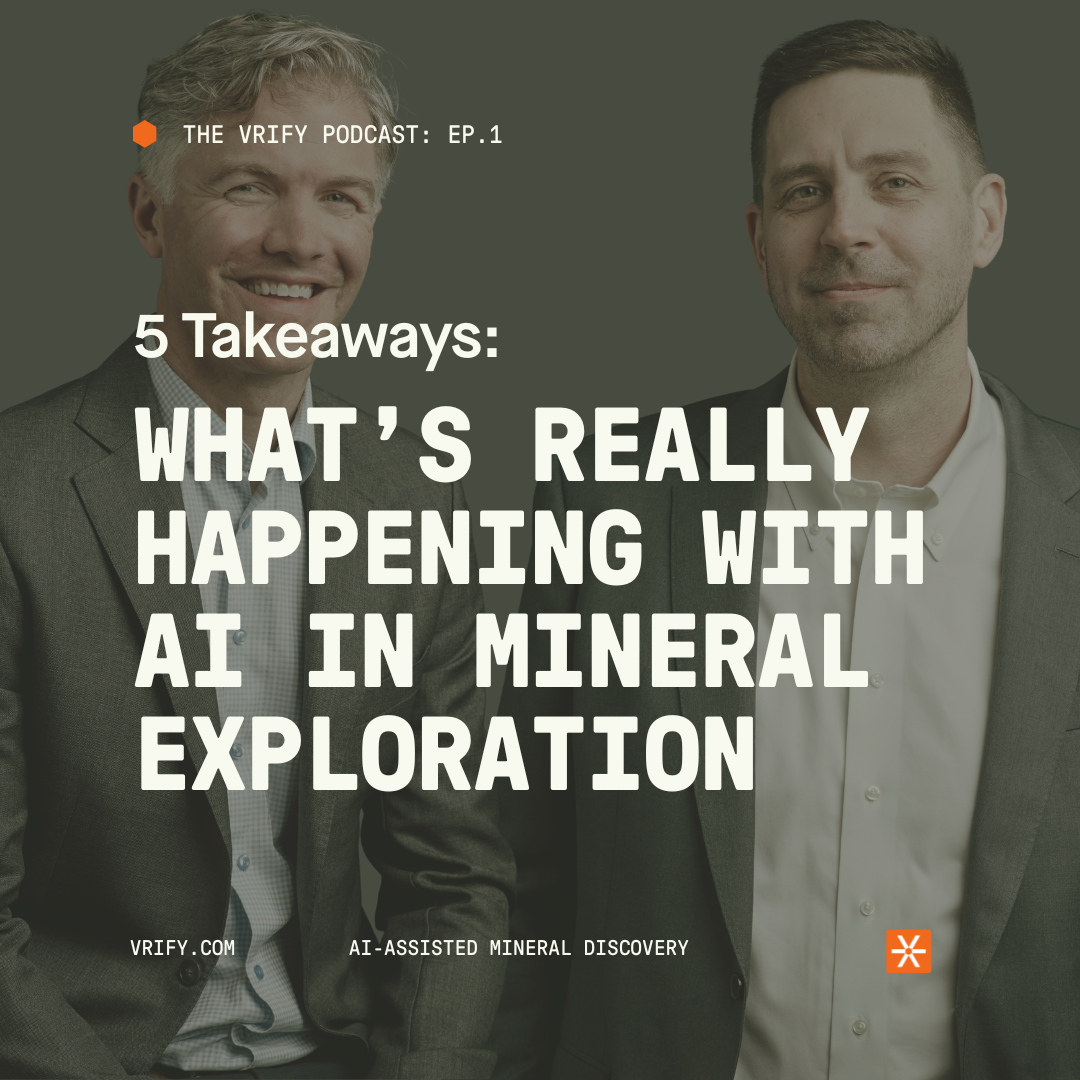Separating science from showmanship when it comes to AI in mineral exploration is no small feat. In fact, it takes a bit of discussion and a lot of expertise to see past the hype and identify how AI can really support explorers as we move into the next era of exploration. That’s exactly why Resource Talks host Antonio Atanasov sat down with VRIFY CEO Steve de Jong and CTO Jean-Philippe Paiement. We’ve distilled their conversation into a practical guide for leaders who want proof before they make their next AI investment.
The real opportunity
Does AI actually work for mineral exploration? The answer is yes. Geoscientists can only juggle two or three data layers in their heads or on paper, while AI can analyze tens or even hundreds of data layers to derive insights. AI can also be used to augment datasets with extrapolated information beyond what traditional analysis can provide. For example, DORA, can derive a lineament density map generated from a mag survey, pushing beyond the known to identify areas of high-potential mineralization.
Using AI enables mineral exploration companies to fully utilize historical and current data to sharpen their exploration strategies by identifying patterns traditional methods may have missed. While geoscience expertise will always remain foundational to discovery, AI is able to augment this expertise, empowering exploration teams to uncover insights and accelerate new discoveries.
Start with data
A common challenge for exploration teams is that a lot of historical geological data isn’t formatted or clean enough for AI analysis. The first step to AI success is strong data hygiene, so make sure to understand the data requirements and data quality gates for any AI partnership before you begin. VRIFY’s CTO JP Paiement highlighted how VRIFY’s Geoscience team spends considerable effort cleaning noisy legacy datasets so the algorithms see the signal, not the static.
AI results can also be enhanced with additional public, proprietary, and client data. Ask a potential AI vendor what data has the AI model been trained on, if it’s iterative, and if it’s comparable to the geology at your project.
Test what you already know
Blind testing is key in determining if an AI model actually works. This means removing 20% of your drill data from the dataset, having the AI model predict what is there, and then measuring the accuracy of the prediction by comparing it against existing drill data. This gives you a quantifiable way to assess the ability of the model to provide valuable predictions. Simply put, it’s a way to validate that the AI is actually working.
With DORA, you can also assess reliability by comparing insights from a mineral-system-specific model, a master multi-deposit model, and a fresh “no-prior” model. Convergence builds confidence.
Demand transparency and iterate quickly
Don’t settle for a black-box, AI-generated result. Make sure the AI tool can provide a layer by layer explanation to your geoscience team on how it generated the predictions. Reports on feature importance also can provide insights on what datasets had the highest weight in the prediction for your geoscience team to validate.
In addition, an AI product or service that can only run an analysis once a quarter won’t help your exploration team meaningfully move the needle. With every new drill hole, it should be possible to feed the results back into your AI tool and refine your predictions for your next exploration decision. Both positive and negative drill results can increase an AI model’s accuracy and help your team make smarter targeting decisions.
Turning skepticism into confidence
Skepticism around AI is valid, but waiting to be “the first to be second” has a cost, especially as innovation is becoming table stakes in mineral exploration. Luckily, understanding the utility of AI for exploration and completing due diligence is easier than it sounds. As Steve, JP, and Antonio cover off there are a few key things to look out for: scrutinize the AI inputs, blind-test its predictions, validate the geoscience behind the model, and make sure you can iterate quickly. Make your AI investment decision with hard evidence and numbers.
<hr />
If you’re interested in learning more about DORA for predictive modelling, reach out to us. You can watch the full Resource Talks interview below.

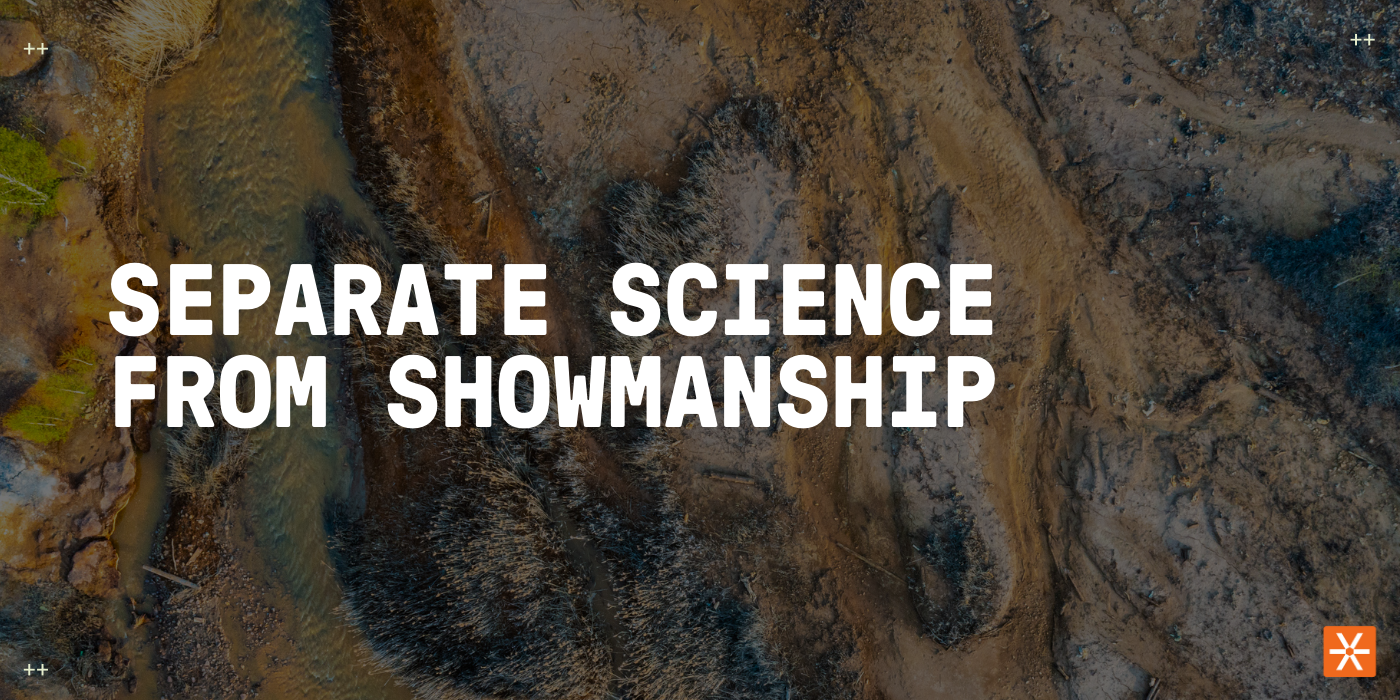
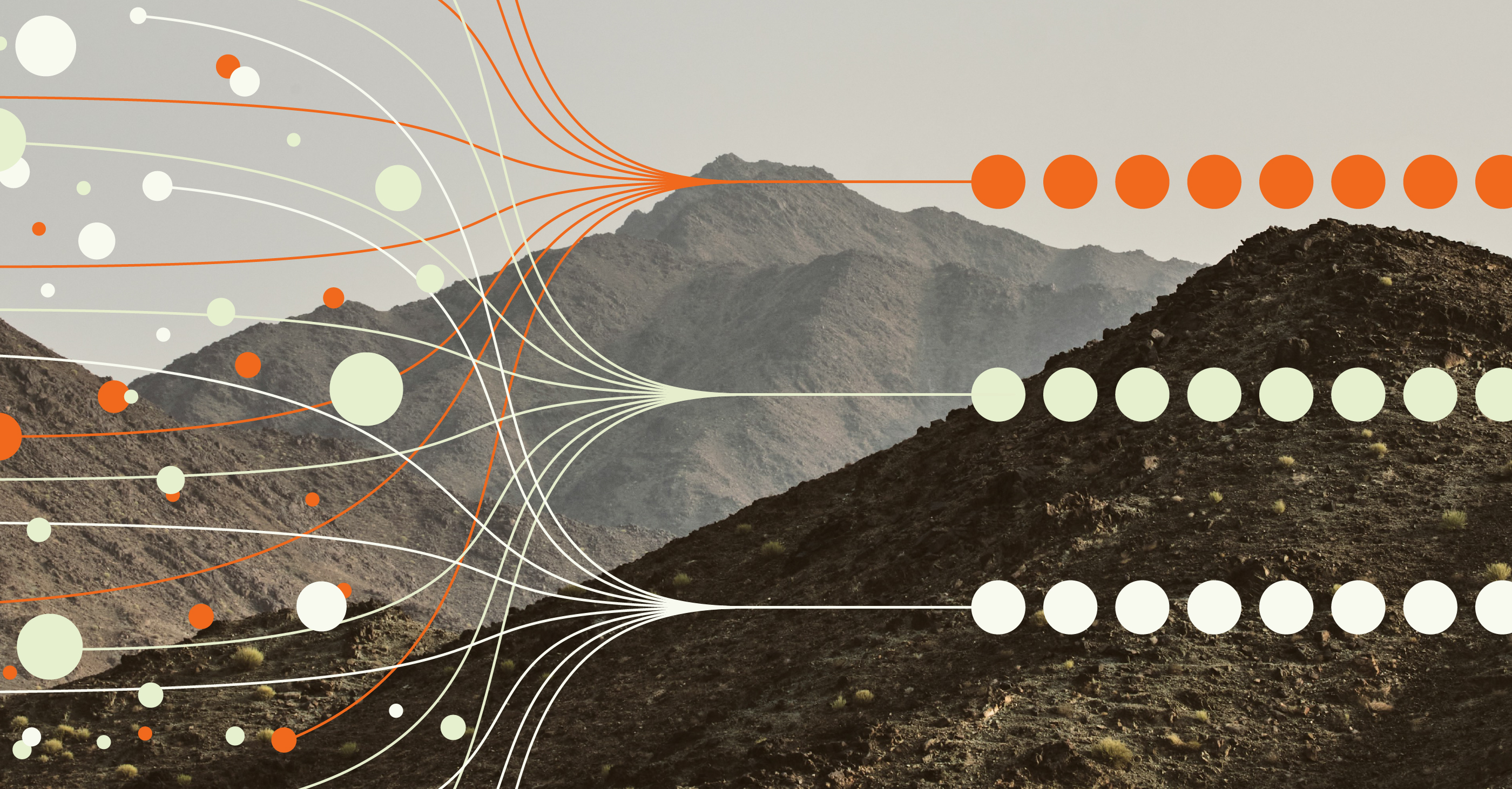

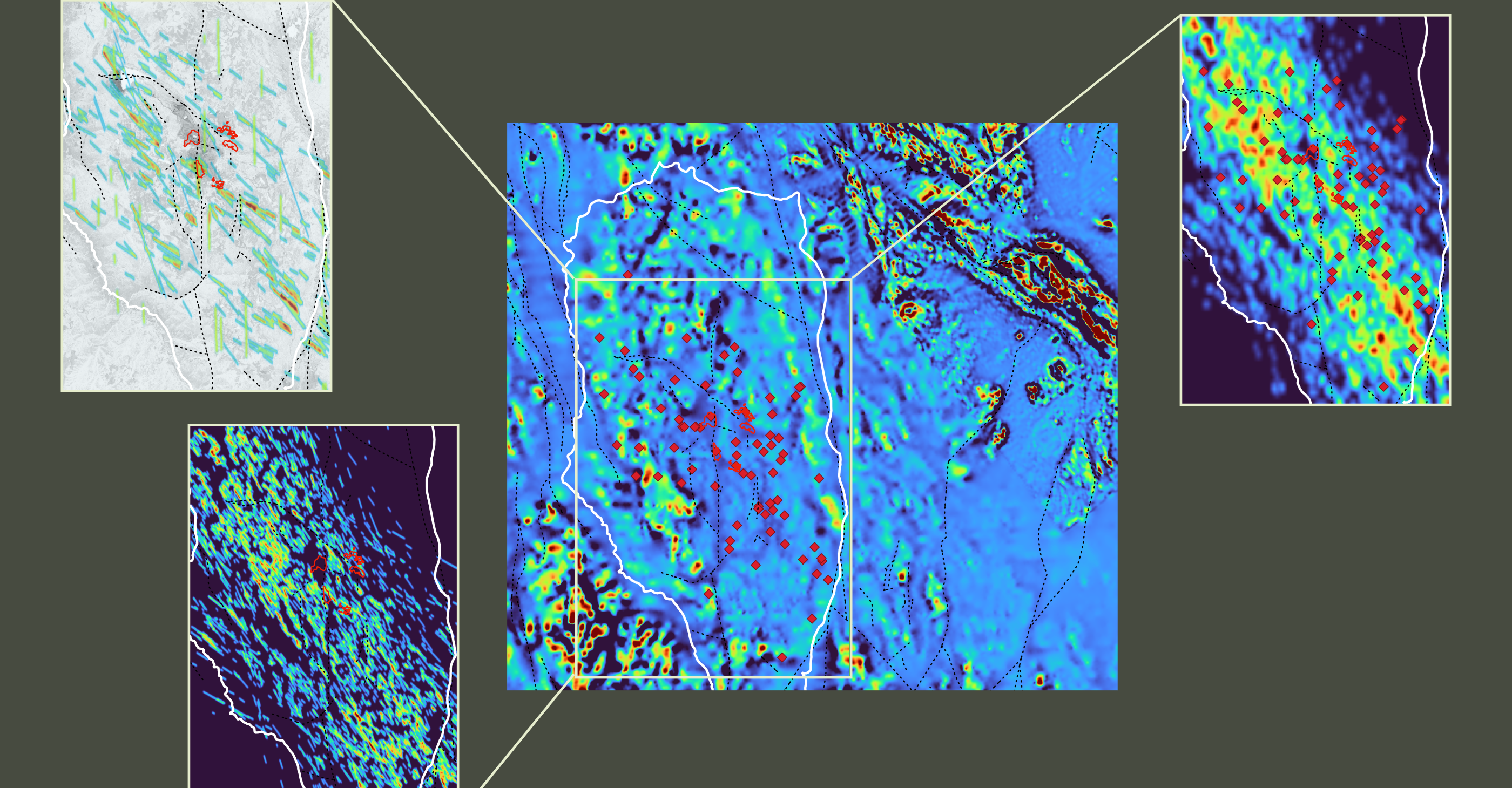
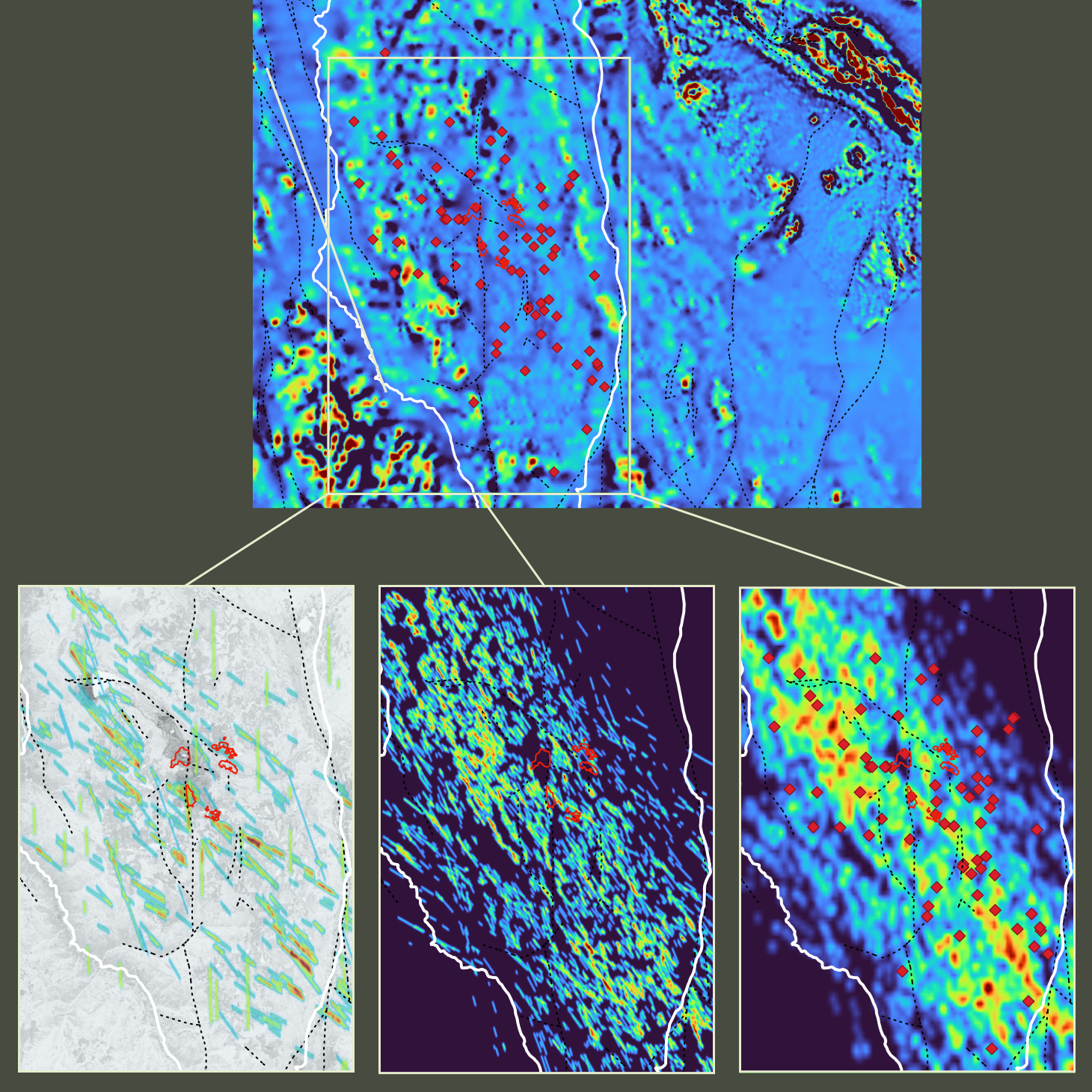



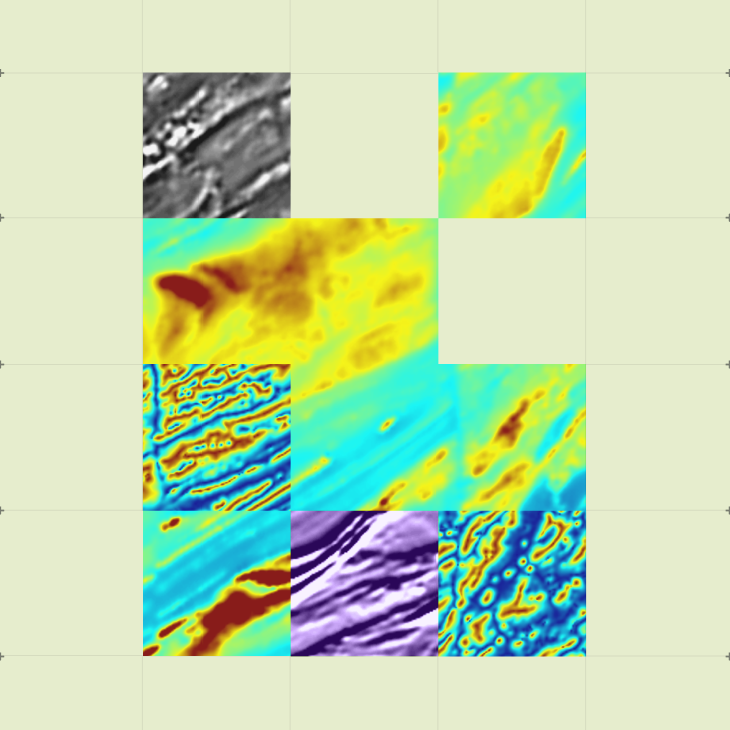
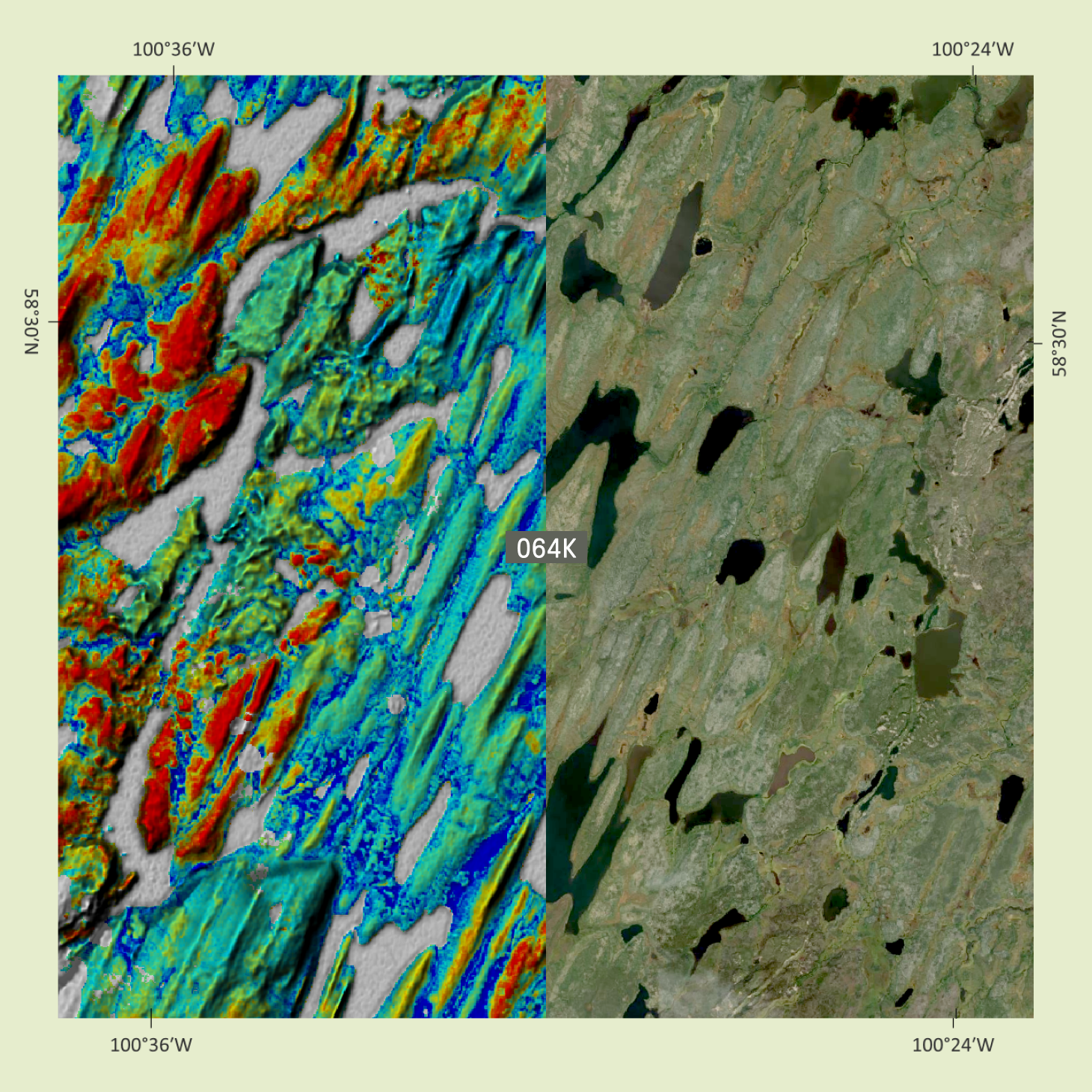
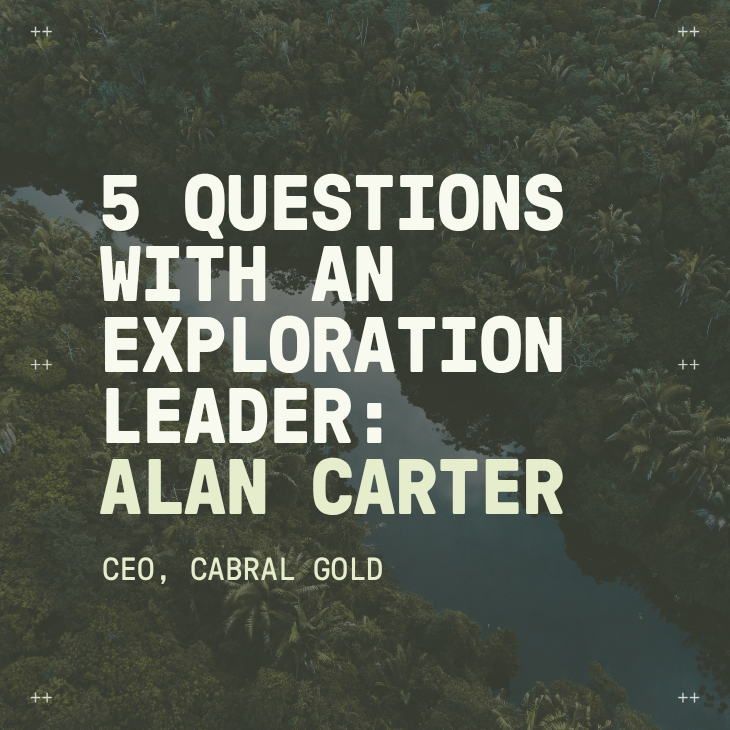
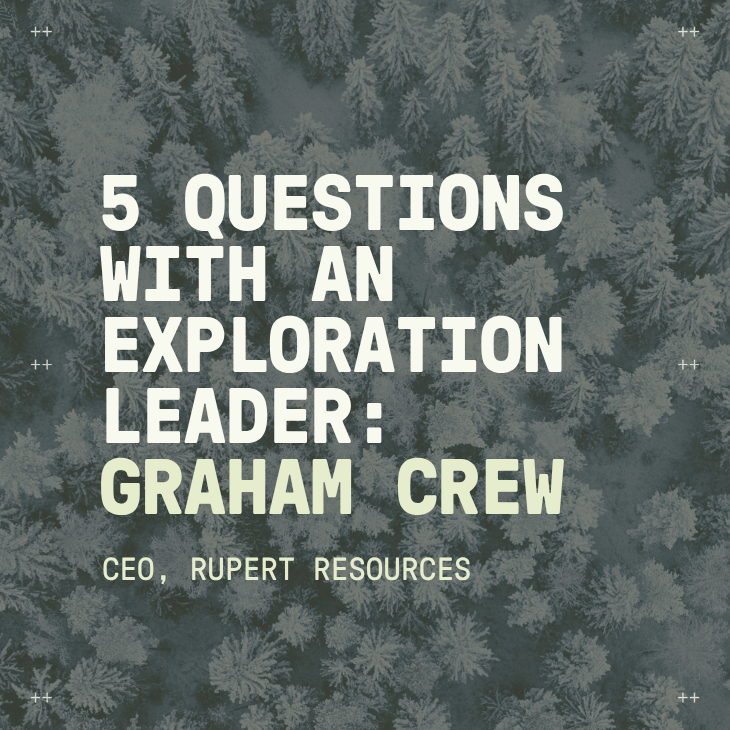
.png)
